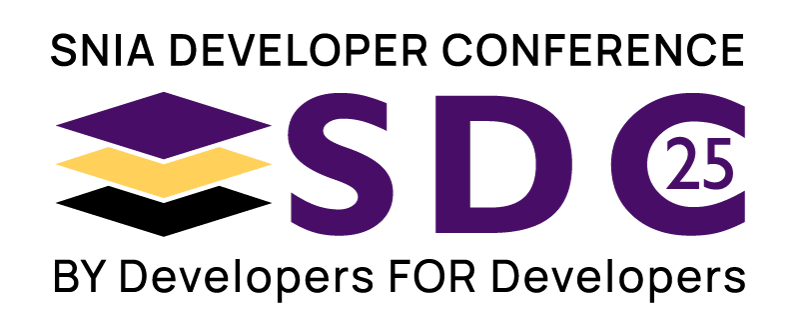
NVM Express State of the Union – 2022 NVMe Annual Update

Salon V
Tue Sep 13 | 1:00pm
Abstract
NVM Express® (NVMe®) has become synonymous with high-performance storage with widespread adoption in client, cloud, and enterprise applications. The NVMe 2.0 family of specifications, released in June 2021, allow for faster and simpler development of NVMe solutions to support increasingly diverse environments, now including Hard Disk Drives (HDDs). The extensibility of the specifications encourages the development of independent command sets like Zoned Namespaces (ZNS) and Key Value (KV) while enabling support for the various underlying transport protocols common to NVMe and NVMe over Fabrics (NVMe-oF™) technologies. This presentation provides an overview of the latest NVMe technologies, summarizes the NVMe standards roadmap, and describes new NVMe standardization initiatives.
Learning Objectives
- Gain an overview of the latest NVMe technologies
- Summarize the NVMe standards roadmap
- Describe new NVMe standardization initiatives



